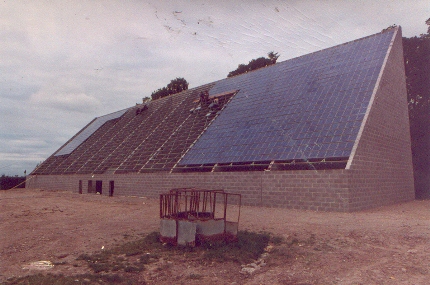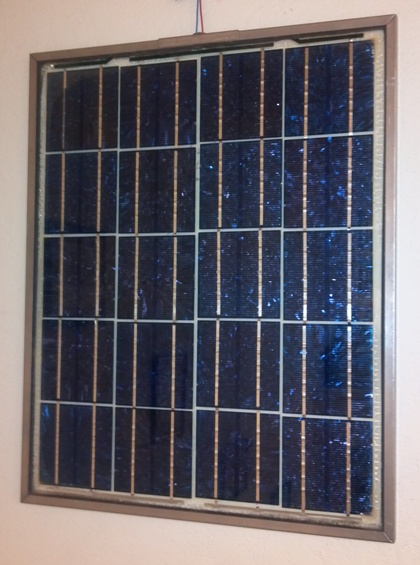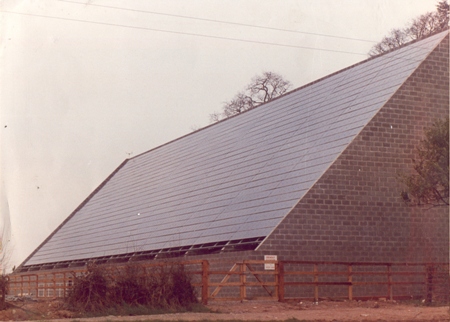Noel Cotter, Luminalt’s co-founder, installed his first solar electric system back in 1981. Though the technology was still in its infancy, the panels work to this day. At the time, Noel’s installation for theUniversity College Cork was the largest in Western Europe. Using German panels from AEG Telefunken that included parts from Mercedes Benz, Noel installed the 50kW solar system for the University’s dairy science program, where the system powered the farm, laboratories, and milk coolers.

As one of the earliest large scale solar projects, one of the key impetuses for the project is the natural synergy of solar with the dairy industry. There is a strong positive correlation between sunlight and the production of milk from cows. As such, the dairy used more energy when it was sunnier as the cows were producing more milk – the solar electric system produced more energy when it was sunnier, resulting in a harmonious system.
 Though the system was dismantled several years ago, the panels still work more than 30 years later, serving as a testament to the reliability and longevity of quality solar panels. Today, one of these panels sits in Luminalt’s San Francisco office.
Though the system was dismantled several years ago, the panels still work more than 30 years later, serving as a testament to the reliability and longevity of quality solar panels. Today, one of these panels sits in Luminalt’s San Francisco office.
Like most solar systems today, the UCC system was both grid-tied and battery backup. “Grid-tied” systems are those that are connected to the grid, allowing the dairy to draw excess power when needed. At the same time, there was also a battery back-up system that stored electricity generated by the solar system for use at night. At this early stage of the solar industry, bidirectional meters didn’t yet exist – these measure not only electricity going into building, but also out of it. Today, bidirectional meters allow governments to offer feed-in tariffs to buy back electricity from solar systems and net metering, which allows solar customers to feed into the grid during the day when their system is producing, and draw electricity from the grid at night. Their meter is able to measure the net exchange. PG&E’s Smart Meters allow the utility to gather even more information on time of use.

